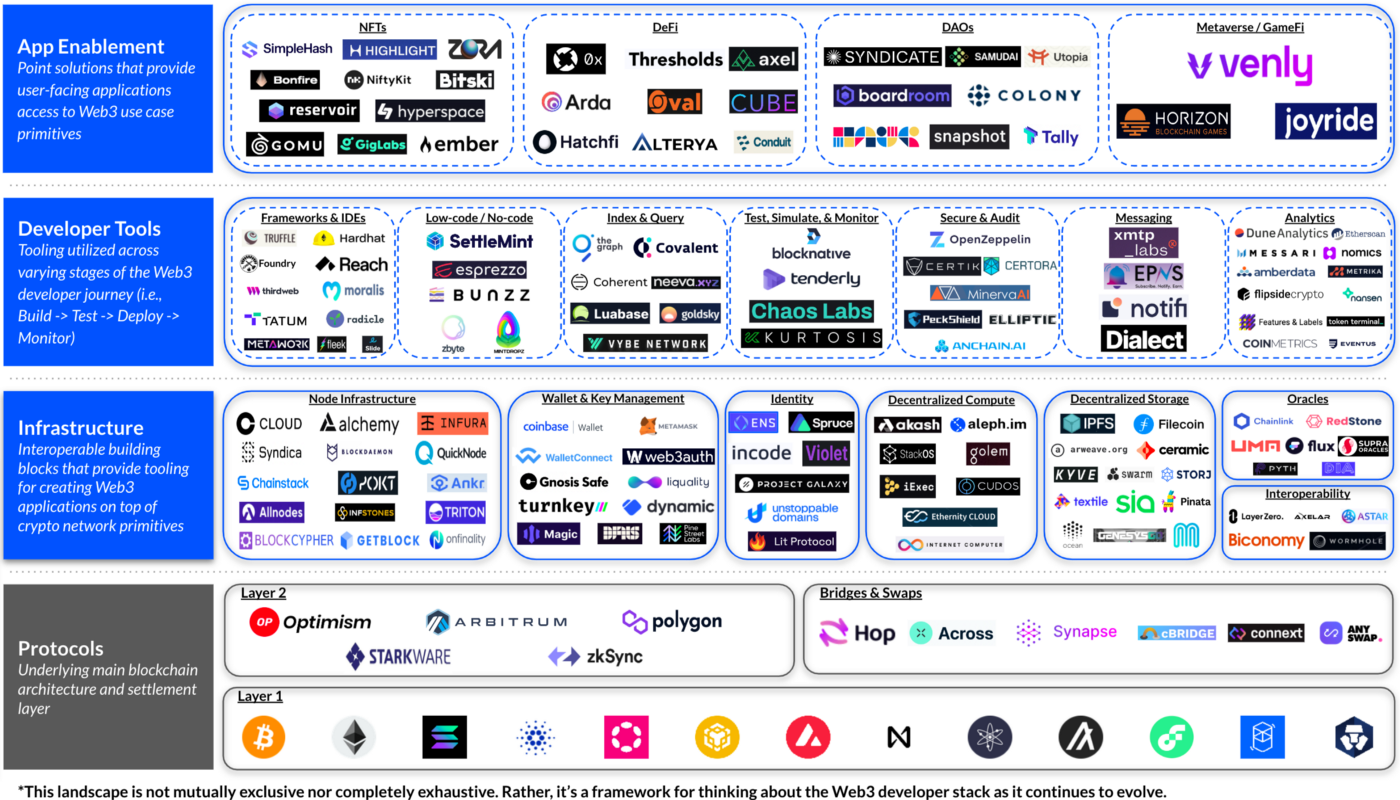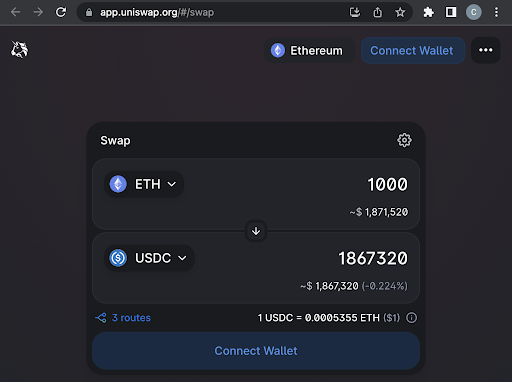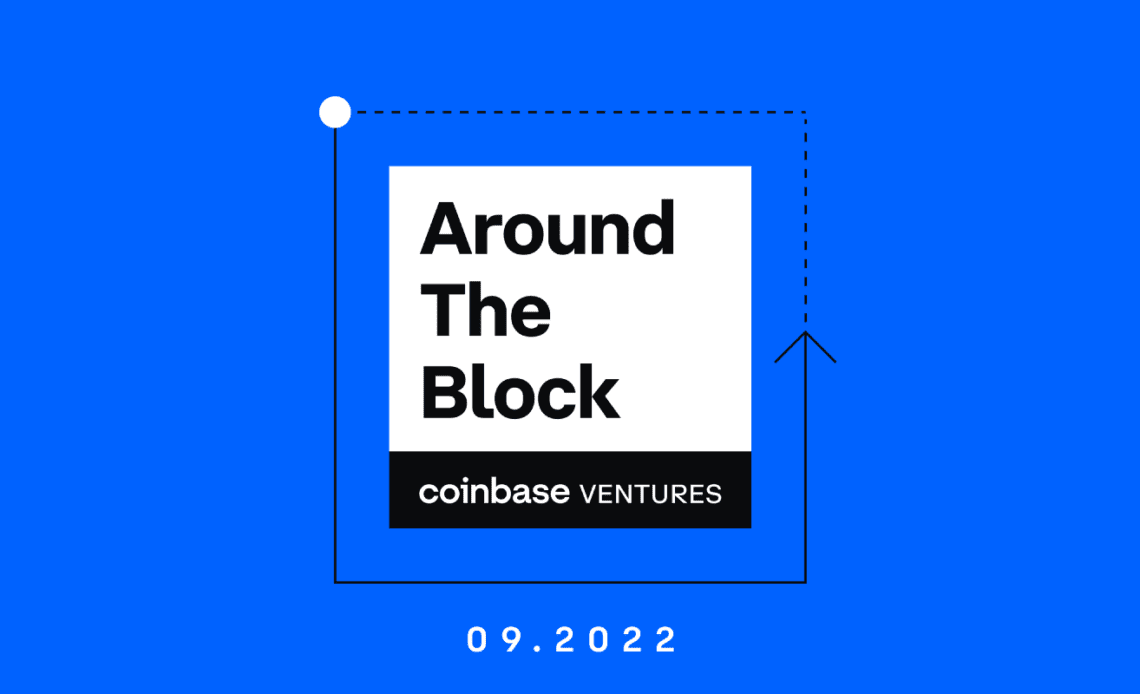A guide to the projects and companies working to make web3 development as easy as web2
Around the Block, from Coinbase Ventures sheds light on key trends in crypto. Written by Jonathan King, Connor Dempsey, & Hoolie Tejwani
Special thanks to Mike Armstrong, Aaron Henshaw, Michael Atassi, Steven Willinger, and Shan Aggarwal for helping to inform this article.
Despite the rise of Bitcoin and Ethereum, along with the emergence of new categories like DeFi, NFTs, GameFi and DAOs, web3 developers represent less than 1% of the 31.1M software developers globally.*
So why are there so few developers in web3 today? For one, the tools and infrastructure available to web3 developers are much less robust than that of web2. This simply makes it more difficult to get started building, experimenting, and deploying in web3. That’s all quickly changing however, as the number of monthly active web3 developers hit all-time highs at the end of 2021. And to support this growing contingency, is a vibrant ecosystem of teams working to simplify the entire web3 developer journey, which will ultimately help unlock the next stage of web3 growth and innovation.
In this edition of Around The Block, we’ll explore the growing web3 developer stack.
The Web3 Developer Stack

Building in Web2 vs Web3
Software development is the process of building computer programs. There are three main components to a given program:
- The front-end (what users interact with)
- The back-end (what users don’t see)
- Database (where critical data is stored)
The front-end that a typical user interacts with through a mobile or desktop browser is basically the same in web2 and web3. A web3 app like Uniswap looks similar to a typical web2 app because both front-ends are mostly created using React — a popular developer framework for web and mobile apps.

It’s under the hood where web2 and web3 differ. The backend frameworks and types of databases that make web3’s defining characteristic — user-defined ownership — possible are new and unique.
Where web2 applications largely rely on centralized databases, web3 applications are built on decentralized databases (blockchains). This requires entirely new backends and new primitives like wallets.
The tools that aid in the creation, deployment, and maintenance of web2 applications are incredibly developer-friendly, thanks to decades of cumulative development. Out of the box solutions, mature infrastructure, shared code libraries, and easy to use frameworks largely make…
Click Here to Read the Full Original Article at The Coinbase Blog – Medium…
























